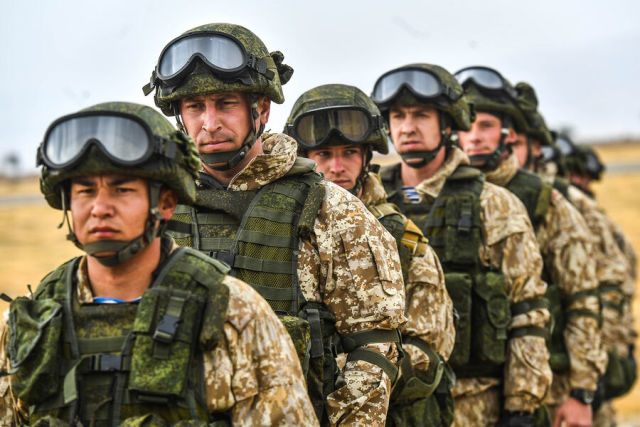The ex-commander of the Airborne Forces, Colonel-General Georgy Shpak, spoke about the reform of the Airborne troops
In Russia today marks the Day of Airborne Troops (airborne). Now they are in the stage of reform. "Newspaper.Ru" together with experts, I figured out what the airborne forces would look like in the future.
The experience of local conflicts in recent years has shown that the Airborne Forces will experience the need for heavier weapons, with more power and armor.
"The issue of arming paratroopers has been overdue for a long time, since the days of Afghanistan and the Chechen campaigns. Almost all combat equipment of the amphibious forces was focused on the possibility of its parachute landing, where weight played a role to the detriment of armor and caliber. The amphibious assault vehicle weighs about seven tons, and the infantry fighting vehicle is twice as large, over thirteen tons, which makes the BMP more protected in combat. The maximum caliber of airborne artillery installations is limited to 122-mm, while the army artillery has 152-mm guns, which are more long-range and effective," he told the newspaper.Ru" former commander of the Airborne Forces, Colonel-General Georgy Shpak.
The General recalled that during the war in Afghanistan (1979-1989), the landing units - the 103rd Division and the 345th Regiment - used ground BMP-1 and BMP-2, armored personnel carriers BTR-80. The paratroopers were given T-64 tanks, multiple rocket launchers "Grad", self-propelled guns "Carnation", "Acacia" and "Peony". These weapons made it possible to effectively support combat operations in the mountains and in the desert, to provide powerful fire support.
"Actually, the transformations in the airborne Forces have already begun several years ago, amphibious troops are becoming more airmobile, parachute landings are used only during exercises. Airborne troops are reinforced with heavy weapons, tanks are no longer exotic, as well as large-caliber artillery. It is the potential of amphibious divisions that is being strengthened, which are comparable in number to land divisions, but lose in technology. The parachute method of landing will fade into the background and will be the prerogative of special forces for reconnaissance and sabotage actions," the newspaper reported.Ru" military expert Vladislav Shurygin.
Currently, the Airborne Forces have two airborne and two airborne assault divisions, four airborne assault brigades, a separate special-purpose brigade, and a number of auxiliary and training units.
"There are few military transport aircraft capable of landing airborne paratroopers. There are about 120 IL-76s in the VKS (about a hundred more are under conservation). If we recall the exercises of 2021 in the Crimea, when almost 2.5 thousand people were landed, where paratroopers made mass jumps from airplanes, then 40-45 military transport aircraft were involved in them. If you assemble all the IL-76s into an air grouping, they will be enough for the landing of two parachute regiments with a standard set of weapons and military equipment. The subsequent landing, with the return of aircraft to home airfields, can be problematic due to the impact of enemy aviation and air defense systems in the combat area. In most cases, the parachute landing, by and large, is no longer needed. This is now an extra item," said Sergei Belousov, a member of the Colleague of Military Experts.
The expert drew attention to the fact that parachute jumps are extremely rare in the most famous 82nd Airborne Division of the United States. From the well-known - American soldiers participated in the landing in Afghanistan in 2018. But this was not an operational and tactical operation, but the actions of an intelligence group numbering several dozen people. In most cases, American paratroopers act as reinforced infantry assault units.
General Shpak, in turn, believes that "it would be advisable to leave one parachute regiment per division in the Airborne Forces."
"It is in case of the use of parachuting, if such a thing is required in a combat situation.
I will add from myself - at the same time, parachute training must be preserved for all airborne troops without exception, without this, the landing is not a landing," Shpak concluded.
Victor Sokirko





